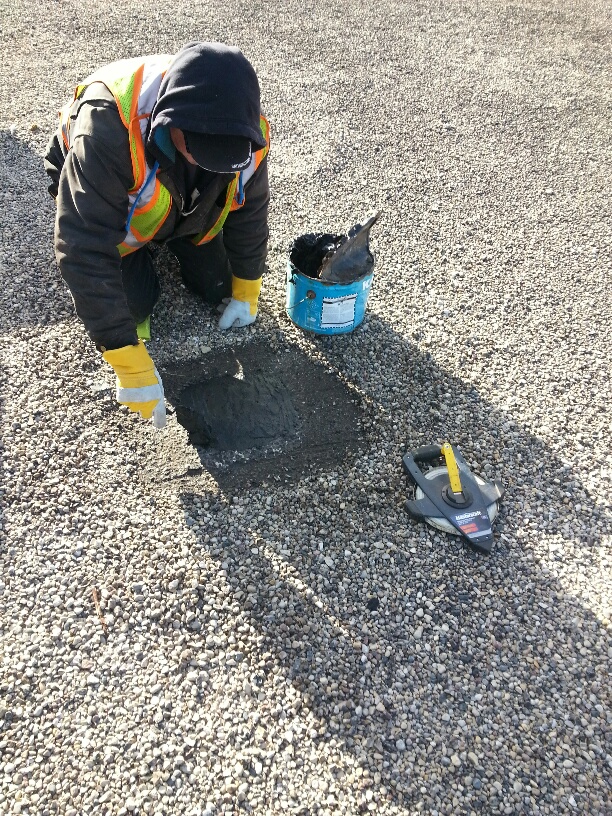THE FAQs ABOUT ROOFING
With older buildings with a flat roof system, the most frequent causes of damage is the result of improperly designed layers, the use of out-dated materials, faults in the construction details and insufficient insulation.
To ensure the functionality of a flat roof, it is important that waterproofing and proper insulation is in place. Problems will occur when improper installation, substandard materials and poor workmanship are utilized.
Roofing materials have come a long way. Natural and man-made materials, modern techniques and specialized equipment are just a few of the components of proper flat roof maintenance and repairs.
Matula Roofing specializes in flat roof maintenance and repairs. Our installers and specialists are fully trained and up to date with the latest of roofing techniques, construction and materials.
Below, is some information about flat top roofing which you may find interesting.

What is a flat roof?
A flat roof has a pitch of 10 degrees or less. It must be strong, durable, and provide protection from the elements. Flat roofs have improved alot over the years, with innovative materials and high performance felts. A flat roof can last for up to 20 years.
There are more than one type of flat roofs. There are ‘cold’ and ‘warm’ roofs, depending on the the position of the insulation. Each type’s design must be precise. Condensation can form if inadequate or improperly installed insulation is administered, which leads to mould and rot.
The Cold Flat Roof
The cold roof, until recently, was quite common. The insulation was laid in between the joists below the roofing deck, allowing air to circulate between the joists.
The Warm Flat Roof
The warm flat roof, in contrast, has insulation positioned above the structural deck as well as into every available void. As a result, no ventilation is required. A warm deck provides protection from condensation as the warm air below does not have a cold surface on which to condense.
What are the types of warm flat roofs?
There are two forms of warm deck roofs The sandwich roof and the inverted roof.
The warm deck sandwich roof is the most common. Insulation is placed below the waterproof covering which is bonded to the top of the deck.
In the inverted warm deck roof, insulation boards are laid over the deck and the waterproof covering. The insulation is then secured by a ballast or paving slabs to prevent wind uplift.
What is surface protection on a flat roof?
Flat roof protection is necessary for UV ray damage, thermal and structural movement and fire protection. Surface protection is normally light in colour to reflect and absorb rays and heat more efficiently.
There are various methods to apply surface protection. In Manitoba, self finished surface felts are utilized to limit UV radiation and offer fire protection. They are surfaced with granular materials such as aggregate, slate, granite and metals.
What about terraces and balconies?
Terraces and balconies, also referred to as “lean-to extensions” require additional protection and special construction. Depending on the usage and appearance, covering and insulation is designed to support the dead weight of the paving and live loads from foot traffic.
Let's talk about drainage.
Construction design for flat top roofing requires a flat surface, but not horizontally level. Water must be allowed to drain. Standing water is heavy and will force a dip into the decking, which then grows until the roof can no longer bear the weight.
A parapet rail is installed to provide an edge from which the water flows away. This stops water dripping over edges that do not have gutters.
Need more information or would you like to talk to a specialist?
Give Matula Roofing a call at 204-951-0464 to get expert advice and direction.